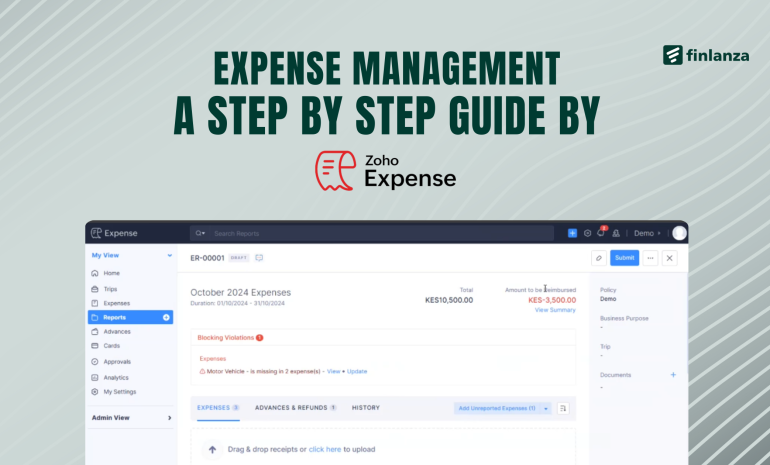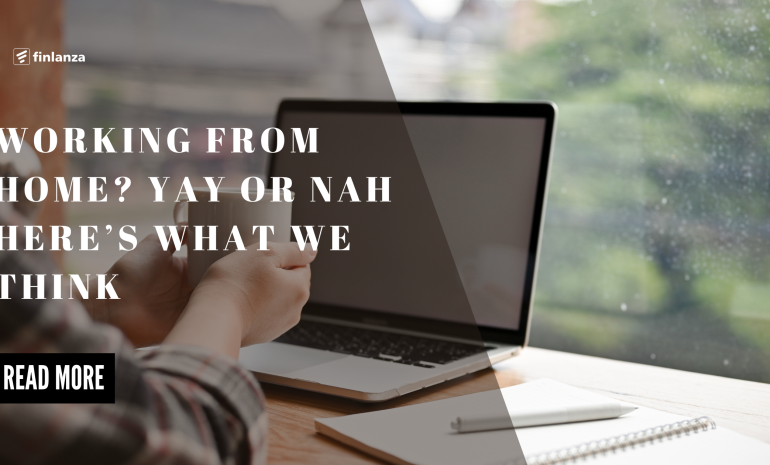Remotely working opened up the opportunity for change over, the perception of people’s culture and the modes of work. It was previously only a dream for a few fortunate people but it’s now is the reality for many, especially in the post-pandemic world. This change has not only affected how we design our workspaces but also how we understand what company culture really is all about and the types of relationships we have with our co-workers. Having been a remote worker from the beginning, there is much that I am still adoring concerning this mode of work, but there are several aspects that are difficult. In this case, let me walk you through my experience while remotely working, pointing out things that I like and the challenges I have encountered.
Remote working revolves around several distinct advantages that include efficient use of one’s time. I have my own schedule and therefore can work during periods I consider to be my most effective and it is my decision on which time I can be a productive worker. There’s no longer the bitter taste of balance between the office hours of 9 am and 5 pm, at least when I am in the office. I can now comfortably adjust my working hours to cater for my daily activities. Want to step out to buy coffee or go out for a walk? No worries! The ability to work anywhere I choose has been freeing. This has enabled me to rearrange my duties and even appointments in a manner that allows satisfaction of both my work and social life, something I never got during the office installations.
In some light, the one upside to going remote is that advent of Zoho Cliq which allows for the exchanging of texts, media, and calls. Despite an appearance to the contrary, such a tool forces you to be more thoughtful in how you communicate. When speaking with someone in face-to-face conversation, we can often use visual cues and gut instincts. In a remote environment, the need to explain ideas in writing or over virtual calls has led to improvements in documentation, fewer misunderstandings and faster decisions. Also, because everything is done digitally and the same platform is used by everyone, it is easier to make sure that valuable information can be accessed by everyone no matter where they are, follow-ups are done and there is a record. I now approach communication a lot differently which makes the way we work together feel… way more transparent and organized.
Along with convenience, it has also created opportunities for various cross regional interactions. I have enjoyed working with people based in different regions. Every individual has a different point of view, which not only contributes to team work but also enables ingenuity. I have gained new insights through these networking opportunities with my colleagues, and the open-mindedness to embrace a new way of thinking has been beneficial. When you work in an office-based environment, you are mostly confined to individuals who are within your region, however, working remotely has broadened my contacts in manners I never expected.
All of the above, and generally speaking, probably one of the most appreciated advantages of home-based work is the healthy integration of work and family life. Removing the need to travel to the office and the need to adhere to strict working hours has led me to quite a revision of useful hours. Such an approach is helpful in getting some rest, engaging in leisure activities, or even spending more quality time with the family. In terms of cutting down the work hours, which invariably leads to stress build-up over time, I have been able to do this. Before I often felt that I focused more of my time on work, leaving only a few hours in the day for other activities. Now, I am able to strike a harmony that improves both my work duties and recreational engagements which actually makes my work output better.
The option of working from home or telecommuting has also enhanced my productivity. The office, more often than not, is usually filled with spontaneous and often unnecessary activities; an impromptu meeting can happen or workers may drift to socializing with others. When I work from home, I also have the luxury of designing my home surroundings into the working space I want and as a result, I am able to complete a lot of work without spending too much time. All that is not to say that self-imposed distractions at home do not occur; however, having some degree of control over my surroundings has made a huge impact on my productivity as well as planning out my tasks which Zoho To-do helps me with.
Another benefit of remote work is how it can help mould company culture in a fresh and compelling direction. In the absence of meeting face-to-face, companies have tried to use virtual as way to be more inclusive and engaging. Although virtual events and team-building exercises are not the same as in-person get-togethers, they do allow every employee to take part from wherever they are. At Finlanza, we have started with interesting activities like Fun-tastic Fridays where everyone takes a break to play games, talk and do something creative together. We even run a Coffee Shop session, which is a drop-in session where we can workshop ideas in a more relaxed and informal environment. In such digital formats, creative culture-building methods can be employed. Actually, what I realized is that these moves — for lack of a better term, moved people more toward togetherness as the whole company pitched in (as much as it could), and ideas from different regions drove Collegiality. Remote culture is the natural evolution of our workplaces, à la carte company culture that transcends borders and inclusivity for team members across the globe.
Yet the shift to remote work is not without its struggles. Working remote means you are sometimes isolated. When you are not in the same physical space as your co-workers, you miss out on all those little nothing conversations that build rapport with people. If you are in an office set-up, you can simply walk over to someone’s desk for a quick question or lunch with your team. These types of opportunities do not exist the same way when you’re working remotely. Though virtual coffee breaks or exercises with team members help, there is no substitute for the camaraderie that comes from side by side working.
We have also struggled with creating boundaries between work and personal life. Remote work flexibility can lead to a bleedover of the getting-work-done hours into off-hours. I did try to keep a work-life balance by creating boundaries — like having a separate office in my house and working during certain hours — but it is so difficult to shut down completely at the end of the day.
These challenges are nothing short of a learning experience. One such measure has been a frequent Q&A call that my team and I have on Zoho Meet once every ten days or so for the last 4–5 months, aiming to fix all open items, answer questions from everyone in one place. Another measure is the increased use of structured communication tools to make sure everyone is on the same page (we still struggle at times). In addition, I have come to understand the necessity of over-communication because nothing falls in the cracks.
I have also created a schedule that queues me in to shift gears between work mode and out-of-work mode. Working in an area separated from the rest of your home has been crucial, and I make sure to put in an intentional distancing when my workday ends; this helps me calibrate mentally out of business mode and also keeps away the distractions and noise that a home can have.
All in all, not only has remote work changed how we go about our work, it has changed the manner in which we experience workplace culture. It brings its own difficulties but the flexibility and diversity combined with a great work-life balance make it so rewarding. It’s what all racers do but successful racers learn to exploit those advantages better and work harder to find ways around the obstacles. So as the work-from-home trend continues to evolve, I am looking forward to more aspects of this nature being developed that will make our professional lives a little simpler and a whole lot friendlier, of course with the right tools and mindset! The mindset part is for you to figure out but let us help you with the tools part!


